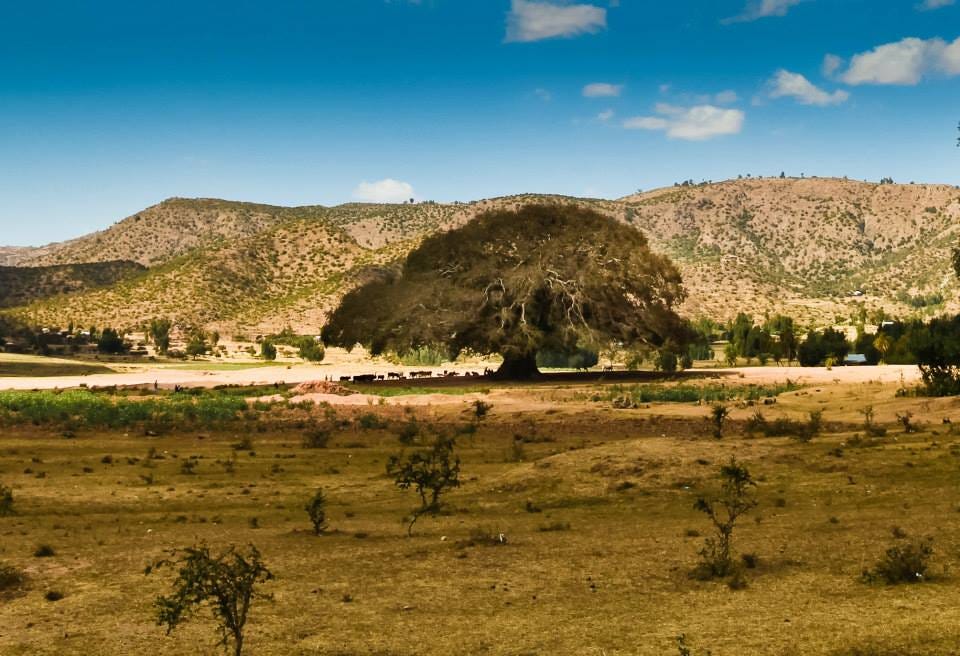
The Giant Sycamore tree is deeply woven into the mythology, spiritual traditions, and daily life of many Ethiopian communities. It’s not just a tree—it’s a living shrine, a gathering place, and a quiet witness to generations of ritual, politics, and personal transformation. The tree's vast canopy is a natural gathering place. Elders meet there, courts are held, and disputes are settled.
Many believe a sycamore like this can never die, even if it’s cut, burned, or falls, it sprouts again—symbolizing resilience and eternal return.
In many Ethiopian towns and villages, a giant sycamore still stands at the heart of the community. Among the Oromo people in this village, the sycamore is central to the Gadaa system, an indigenous, democratic form of governance. Under the sacred sycamore:
Elders are inaugurated.
Laws are debated and passed.
Ceremonies and public decisions are made in the open air.
The tree acts almost like a living parliament building, one rooted in tradition, nature, and social consensus.
Researching last week about the worst-performing Western economies, I was writing about Mexico and Southern Europe. These are places I’ve traveled for work and pleasure. But I had to do a ton of fact-checking and still have to admit I’m seeing it all from a great distance - outside looking in. It got me thinking of other countries we’ve worked in that I had totally wrong in many ways: India, China, Egypt, Armenia, and others. My simple-minded but sympathetic Canadian view of these places - informed mostly by TV shows, movies, news headlines, and commercials - was, in every case fundamentally wrong.
In Ethiopia in particular I was confused by what seemed like a whole year of Grade Six social studies that taught me everything I needed to know for the test but nothing of the truth.
On Education Adm. HG Rickover USN wrote there are basic goals. Somehow my schooling offered none of them. But crucial here are three:
Goal 1: To learn to understand, appreciate, and take care of the natural world we live in. Most people go through life unaware of the fascinating complex of events around them, of climate and terrain and vegetation and animals and people and their interrelatedness. Civilized people need to know not only what the environment is like, but how to keep it habitable.
Goal 2: To understand, appreciate, and learn to live with the fellow inhabitants of our planet. Every child must learn about the races and people of the world and the rich variety of the world's cultures. He must know something of the history of men and nations. He must learn that there are many people in the world who differ from him profoundly in habits, ideas, and ways of life. He must perceive these differences not as occasions for uneasiness or hostility but as challenges to his capacity for understanding.
Goal 3: To have an area of esthetic experience - and I would include the religious and spiritual with the esthetic. The esthetic experience is the organization of our feelings - the search for and the creation of orders in our affective life. The significances, the meanings that we perceive, are private. To give ourselves, for at least a part of the time, to the lonely contemplation of some kind of beauty and order is also to enrich ourselves so that we have something to contribute to the lives of others.
And so after more the 12 years, not wasted so much as squandered in primary school, junior, and senior high school, I had to set off like we all do to get a real education.
Here’s one thing I learned…
I love Ethiopia.
And through troubles of all sort, I'm a believer.
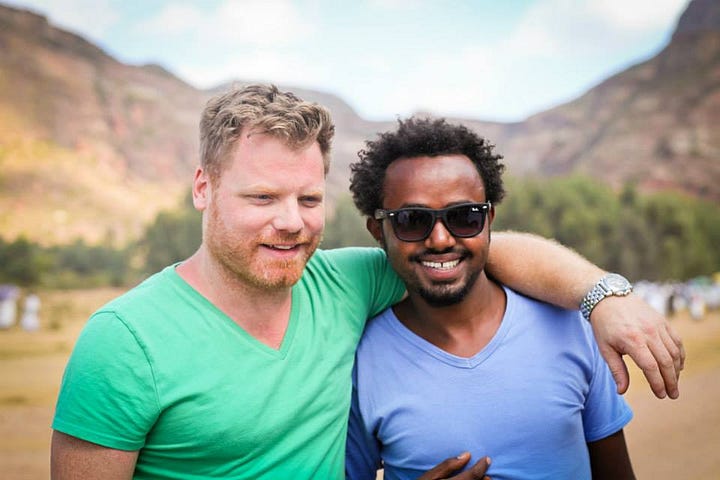
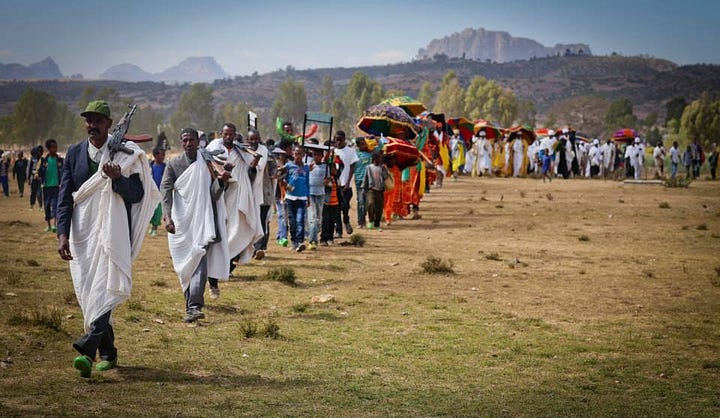
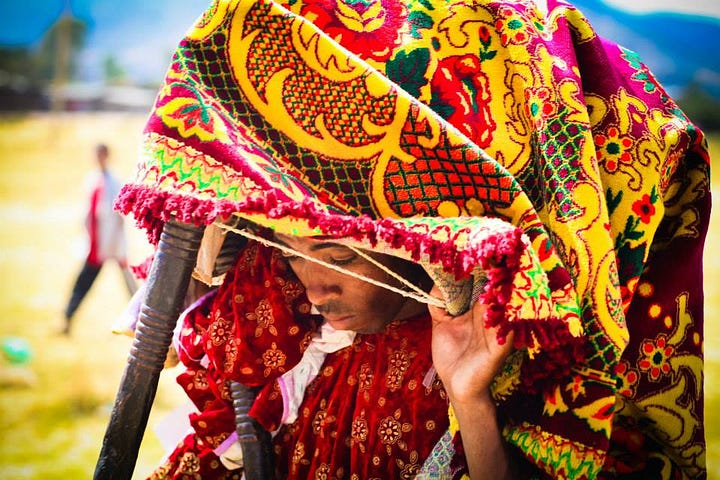
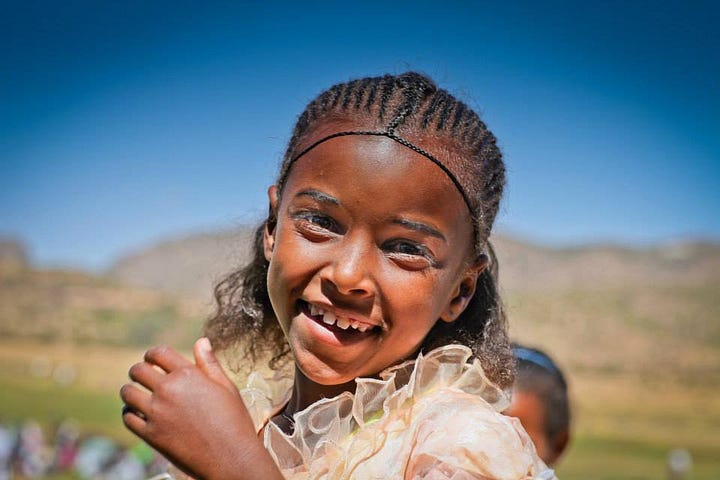
Ethiopia stands at a crossroads—a youthful nation rich in memory, culture, and natural beauty, with a soul shaped by ancient kingdoms, resilient villages, and the quiet dignity of the dirt farmer.
Ethiopia’s future holds a rare and beautiful possibility: to become a modern, prosperous nation without losing the soul that makes it extraordinary.
Imagine a country where the dazzling energy of Addis Ababa’s music scene—alive with Ethio-jazz, folk fusion, and the voices of a new generation—coexists with the slow, purposeful rhythm of village life that would make Wendell Berry smile in quiet approval.
Where the sacred and joyful baptismal waters of Timkat still draw the faithful in white robes, and where the dignity of rural life—its hard work, its seasons, its storytelling—is honored, not erased.
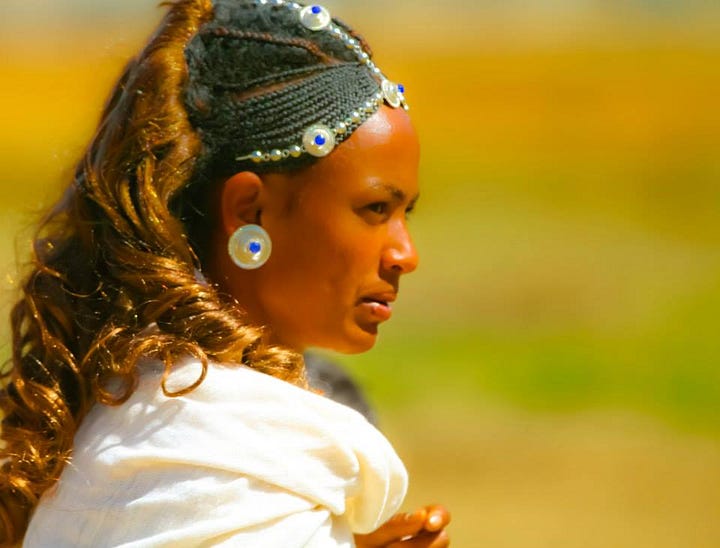
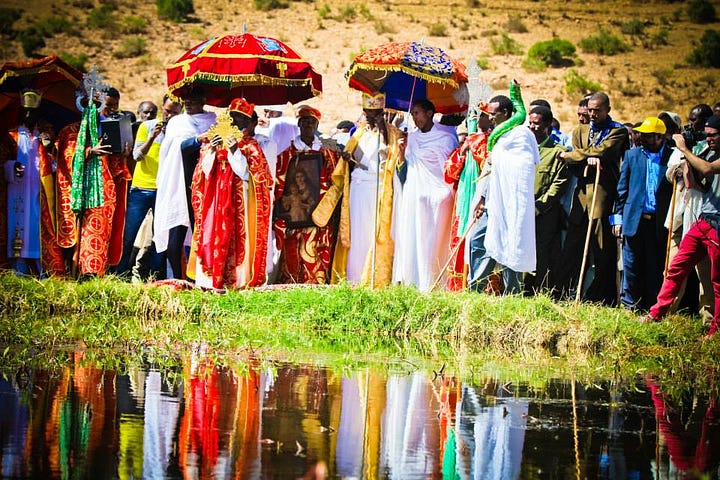

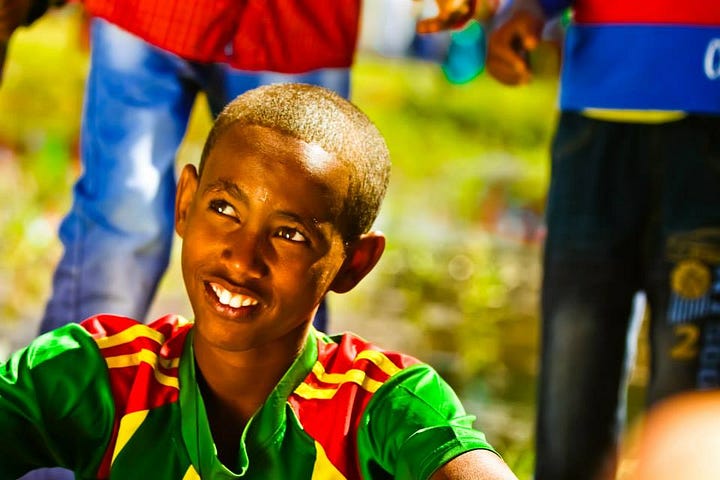
The dream is not to pave over the past, but to build with it: infrastructure that connects without homogenizing, institutions that protect without controlling, and a new stability rooted not just in law but in shared purpose, peace, and understanding.
I don't look at Chinese capital funding the current infrastructure any more cynically than Western aid and I hope the country now has the experience to manage and know the limits of both.
Ethiopia has the chance to show the world what it looks like when a country grows stronger by staying true to itself.
What You Need to Know About Ethiopia (That You Didn’t Get from Those Old Charity Commercials)
Let’s start with this: Ethiopia isn’t a dusty cliché with a sad soundtrack. It’s a mountainous, mystical, mind-bending place that will rewrite your internal map of what Africa—and humanity—is.
For a generation of Canadians, the image of Ethiopia was shaped not by its ancient empires or mountain fortresses, but by late-night charity commercials—haunting images of famine and flies, soundtracked by soft piano and urgent voices asking for donations. These ads imprinted a one-dimensional narrative: Ethiopia as helpless, hungry, and hopeless. But to Ethiopia's rising political class, this legacy of Western aid is a double-edged sword. On one hand, it kept millions alive and opened doors to education, medicine, and infrastructure. On the other, it cemented a global perception of Ethiopia as a permanent recipient rather than a rising force. Many young Ethiopian leaders today are working to move the conversation away from dependency and toward dignity—investing in homegrown industries, diplomacy, and digital infrastructure to shift the country’s image from one of need to one of possibility.
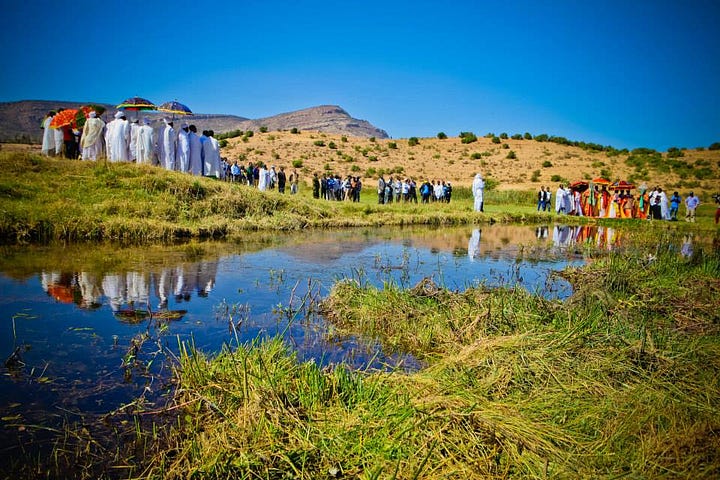
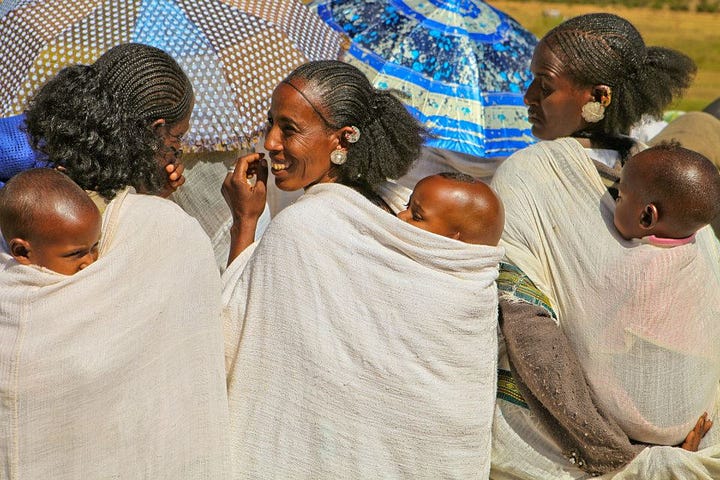
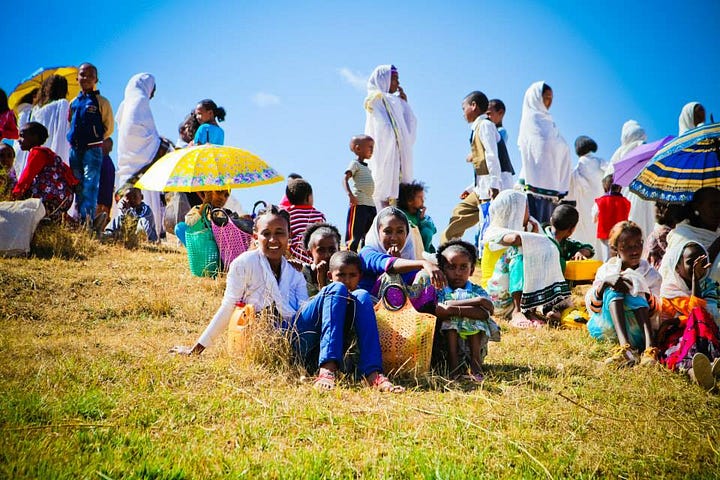
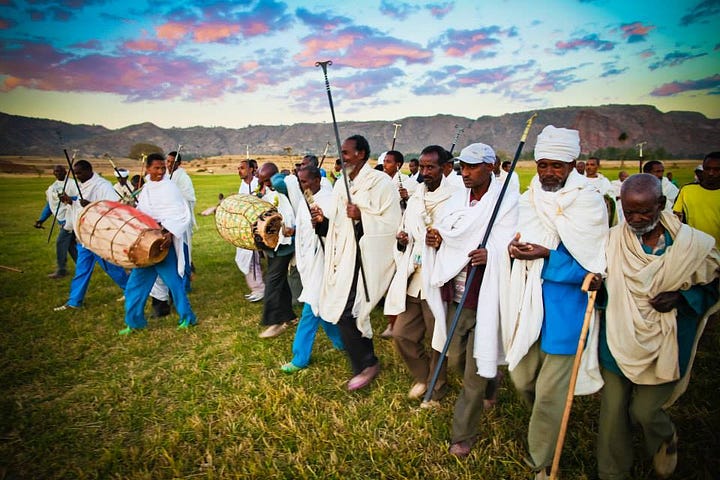
The Limits of Aid
We’ve learned that aid, however well-intentioned, often carries unintended consequences—an important lesson in the age of big government. Canadians imagined that dumping tons of donated clothing into Ethiopia was helpful. And in the short term, it may have provided relief. But over time, it devastated traditional textile industries that had thrived for centuries. Tailors, weavers, and seamstresses lost their livelihoods. It undermined not just fashion and style, but the important cultural and traditional expression embedded in clothing—disconnecting people from garments that once carried meaning, community, and identity. What does it do to self-respect when you're wearing a secondhand T-shirt advertising a Western product you’ll never use or even understand? The sociology of aid is complex, and Ethiopia’s future may depend as much on what it refuses as what it accepts.
If you're not exactly sure where Ethiopia is, you're not alone. This is something I somehow didn’t take away from grade six social studies. It sits in the Horn of Africa, bordered by Eritrea, Djibouti, Somalia, Kenya, Sudan, and South Sudan. Landlocked - for now - but historically and spiritually oceanic, Ethiopia is a cultural powerhouse with stories deeper than time. It's the only African country that was never colonized, which helps explain its defiant, regal air. Its calendar runs seven years behind ours. Its clock resets at sunrise. And its Christian heritage traces back not to missionaries but to the Apostles themselves.
The Reason For Concern
All those old aid commercials were with good reason. The Greater Horn of Africa, comprising Ethiopia, Sudan, Eritrea, Djibouti, South Sudan, and Somalia, remains one of the world’s most complex and fragile regions. With an waves of humanitarian crisis, intra- and inter-state conflicts, and significant displacement, the security dynamics are intricate and critical. More than 64 million people in the region require humanitarian aid to some degree today. These challenges are compounded by climate shocks—recurring droughts, floods, and locust infestations—deepening food insecurity and pushing already vulnerable communities further to the brink. The region’s porous borders and the proliferation of armed groups complicate coordinated responses, while political instability and weak governance structures hinder peacebuilding and sustainable development.
Yet amid the turmoil, there are efforts underway—from grassroots reconciliation initiatives to regional diplomatic frameworks—that seek to chart a path forward. The question now is whether the countries and international community can move beyond emergency response toward supporting durable solutions rooted in local leadership, resilience, and long-term regional stability.
At Arcadia, we zigzagged the country filming a National Geographic series that followed ancient pilgrimage routes said to trace the footsteps of the Apostles. What we found was a land bursting with contradiction and harmony. In the northern highlands of Tigray, we climbed stone-hewn churches older than Charlemagne. At dawn, we bathed in the sacred waters of Timkat while thousands in white robes danced and sang under a rain of rose petals. We followed whispered legends to hidden Arks of the Covenant guarded by monks who hadn’t left their post in decades.
And then, just when we thought we were walking through ancient scripture, we landed in Addis Ababa, a city buzzing with modern cool, home to a jazz scene that would make New Orleans blush. Afro-futurist beats, electrified krar, and rooftop cafés overlooking bougainvillea-splashed boulevards.
The valleys are green. The farms are hand-tended. The people—intensely proud, generous, and thoughtful—carry themselves with a dignity you don’t forget. Ethiopia is not easy. But it is entirely worth it.
Ethiopia’s spiritual legacy is one of the world’s great, unsung wonders. It is a land where myth, history, and faith entwine like the roots of its ancient sycamores. As the first Christian kingdom—long before Europe ever knelt at an altar—Ethiopia adopted Christianity as a state religion in the 4th century under King Ezana of Aksum. The Ethiopian Orthodox Church has preserved a form of Christianity that feels both timeless and singular: rich in incense, chant, iconography, and mystery. Its monasteries, carved from stone and perched on cliffs, are not ruins but living sanctuaries where monks still pray and ancient manuscripts are still read by candlelight.
But Ethiopia's spiritual reach stretches far beyond its borders. In the 20th century, an unlikely offshoot of its imperial history sparked a global cultural movement. Rastafarianism, born in Jamaica, took root in Ethiopia’s royal bloodline—centering on Emperor Haile Selassie, the Lion of Judah, as a messianic figure. What began as a diaspora dream of return to Zion became a real connection, as Rastafarians settled in Ethiopia and built bridges between the Caribbean and the highlands of Africa.
Ethiopia reminds us that the spiritual story of humanity doesn’t just run through Rome or Jerusalem. It runs through Lalibela and Axum, through fasting and feasting, through reggae and revelation. Its contribution is not only in scriptures and traditions, but in the audacity of belief—that faith can be national, cultural, personal, and global all at once.
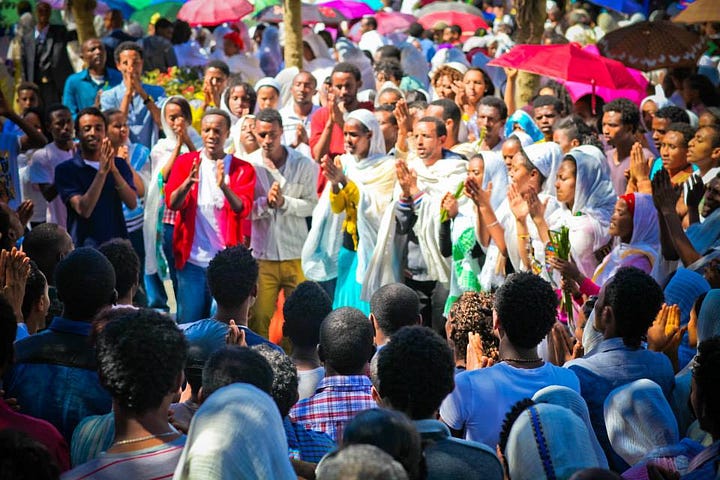
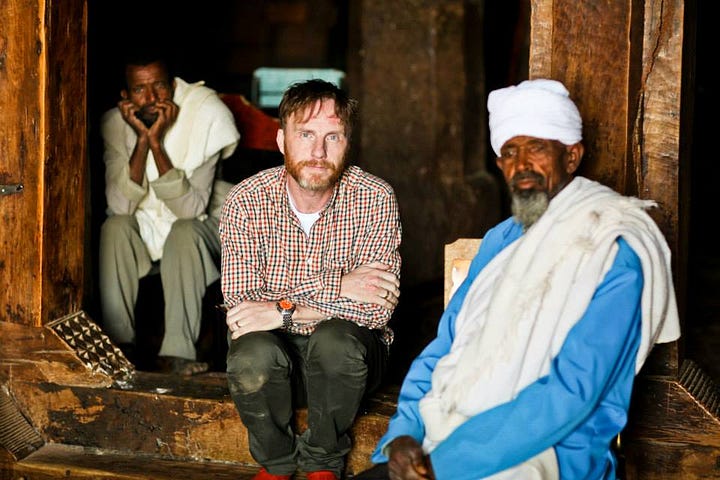







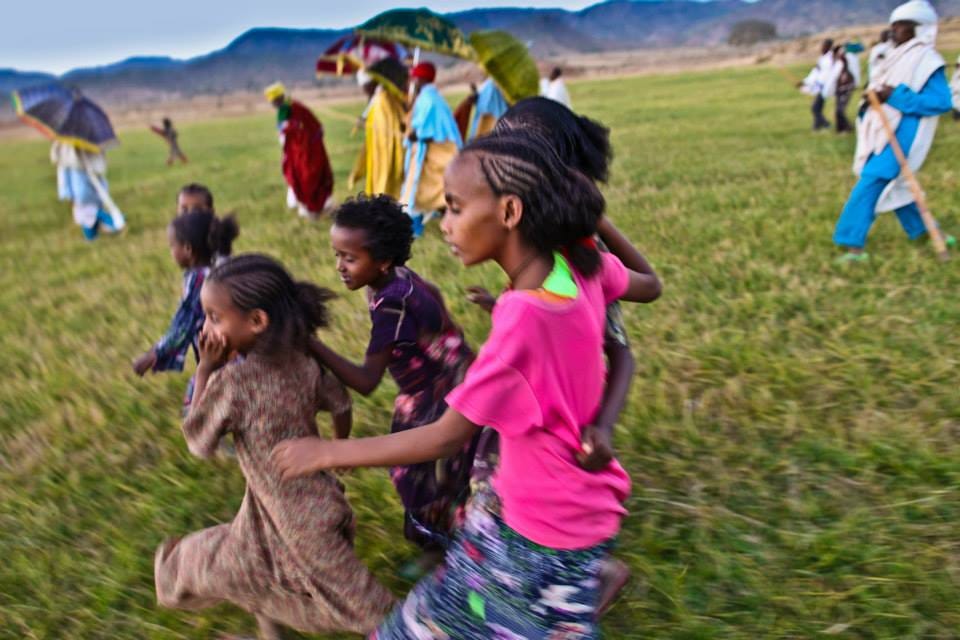
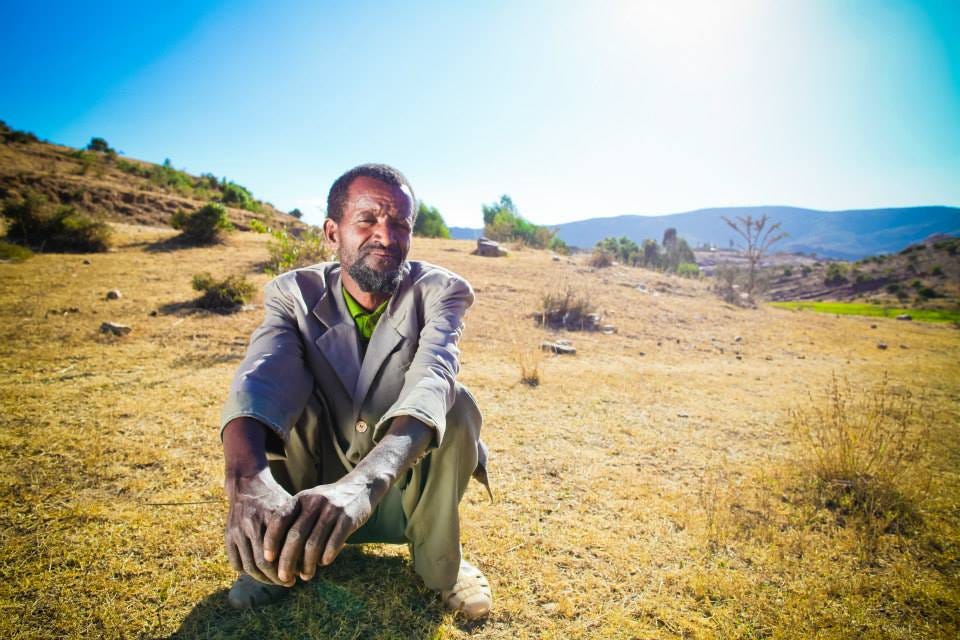
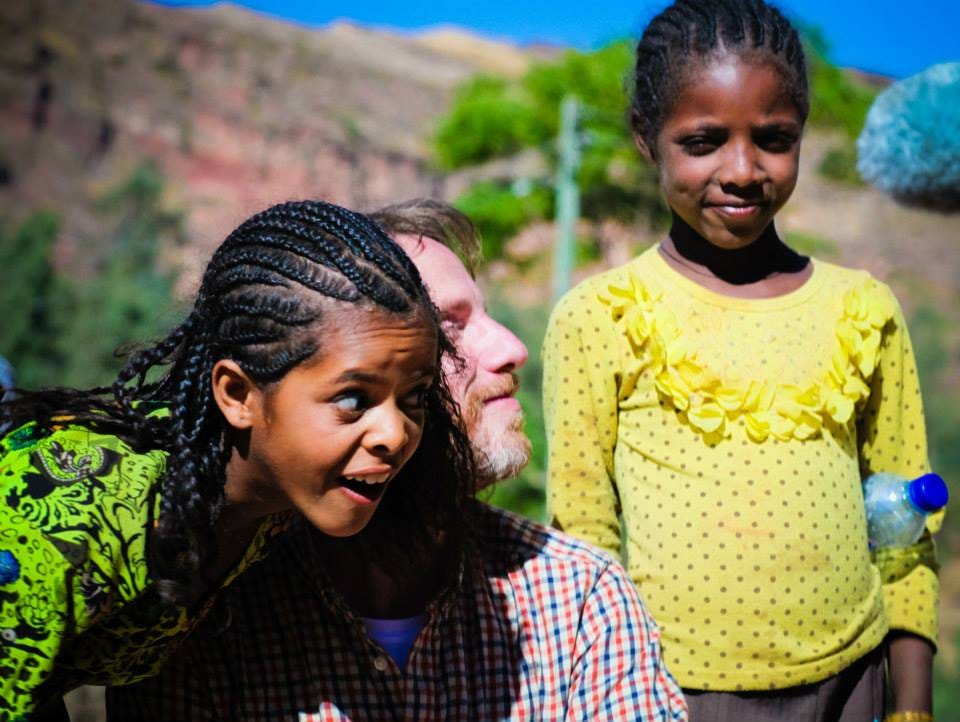
After reading this piece, it feels like I can hear the wind passing through the trees and the rhythm of water splashing over stones. Culture, it turns out, is alive